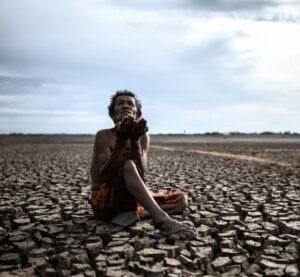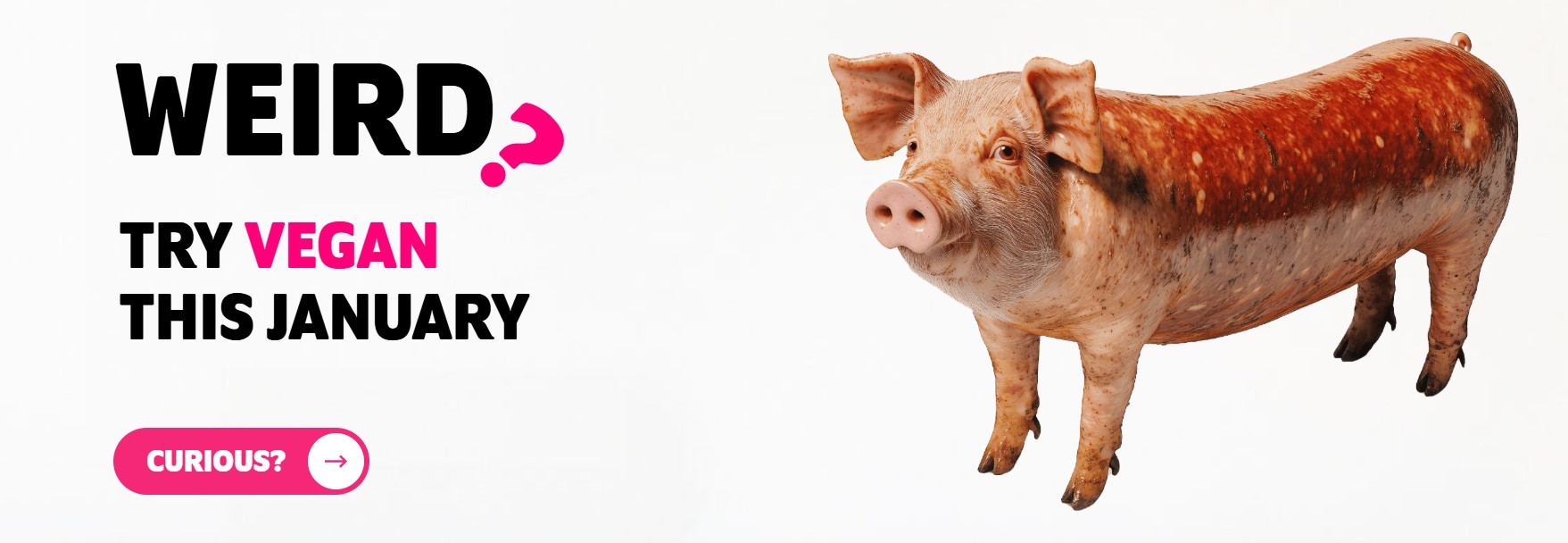
Many popular foods are hard on the environment, even before they are processed and packaged because they require immense amounts of water. Let’s look at four popular foods we can replace in recipes with water-responsible alternatives.
Though water scarcity might not affect you today, you can help conserve water by choosing different foods. Only 3% of the world’s water is fresh, and it needs to be carefully managed to ensure there is enough to go around; as of 2022, more than 2.3 billion people live without reliable access to clean water.
Water-intensive crops also contribute to excessive irrigation. Pesticides, sediment, livestock waste, and more contaminate rivers and groundwater. Farm waste is the leading cause of blockages in lakes and rivers, and the eutrophication it causes contributes to the rising incidence of toxic algal blooms.
When you choose several staples, including rice, almonds, beef, and avocados, you support industries that often use too much water despite drought conditions. For example, 74% of the water used in Arizona goes to agriculture, and the city of Phoenix may exhaust its groundwater supply this century.
Rice
Rice is a staple in many cultures, and replacing it with anything else might seem heretical. However, consider the impact of just one pound of rice, which requires about 168 gallons of water to grow. Rice fields are flooded after harvest, using between 24% and 30% of the world’s freshwater annually. Some rice field flooding supports migrating wildlife, but switching to other grains in some recipes can lower your impact.

There are several options to replace rice. Try Quinoa, which offers more nutritional benefits per serving and an 80% lower water impact. Quinoa delivers twice the protein per serving as rice and contains magnesium and copper, contributing to bone health and blood production.
Barley is another option, as this versatile grain uses 34% less water per pound and contains antioxidants and more dietary fiber than rice; it may even help lower cholesterol.
Finally, riced cauliflower is another easy switch that people with gluten allergies have made. Part of the keto diet, riced cauliflower has 1/10th the calories, and there’s no need to use water to boil it before using it in a recipe. With its mild flavor, cauliflower is a suitable replacement for white rice.
Almonds (California)
Almonds are a popular snack nut and a source of milk these days. However, one pound of almonds takes 1,929 gallons of water. In California, the nuts contribute to water shortages during drought; the state’s almond crop consumes three times as much water annually as the city of Los Angeles. These trees are grown and cultivated year-round, with harvest season from August to October. Many other tree nuts have similar impacts, but the demand for almonds and almond milk drives a lot of consumption.
Unfortunately, almonds are hard to replace with other nuts. All nuts carry high water impacts and should be consumed sparingly. Here are a few portable protein-packed snacks to try.
Chickpeas are an excellent alternative snack, full of protein, fiber, and iron. They consume only 501 gallons of water per pound of chickpeas. Also, they can help regulate blood sugar, which benefits people with diabetes.
Pumpkin seeds are also a water-responsible option to replace almonds; they are high in protein, a good source of iron and other minerals, and have several health benefits, including anti-inflammatory properties. Because pumpkin seeds are just one product of these water-efficient squash at 40 gallons per pound, their water footprint compares favorably with almonds.
Beef
Beef is very water-intensive, requiring 1,847 gallons to produce just one pound of meat. Beef is usually the most environmentally damaging meat you can choose, but all meat products are water-intensive. Cutting beef from your diet can lower your water footprint significantly and represents an essential first step towards a sustainable diet. Even reducing the amount you eat would be beneficial to the environment. If you cut out one pound of beef per month from your diet, you’ll reduce your water footprint by 22,164 gallons a year.
If you still want meat, consider replacing beef with less water-intensive choices. That’s easy since beef takes about 800 gallons more than any other meat per pound. Two good options are chicken or turkey, which require 518 gallons of water per pound of meat. Poultry meats can be ground and used in many of the same recipes as ground beef.
Or choose alternatives to meat and avoid the suffering too.
Lentils and mushrooms are vegetarian alternatives that can replace beef in recipes. Using just 150 grams of dried lentils makes 500 grams when cooked, and using brown or green lentils mimics the texture of ground beef. They can easily be swapped into any recipe using ground beef. Mushrooms are also a popular swap for meat, with mushroom burgers already on some menus. They can replace meat in other situations, used in kabobs, tacos, and made as steaks.
Avocados
Avocados are very popular. From guacamole to having it on toast, these Mexican fruits are so trendy that it is almost a crime not to eat them. But did you know that producing just one avocado takes about 84 gallons of water? They are a healthy choice, so people have adopted avocados as part of a balanced diet. But there are better options or occasional alternatives that would benefit people just as much.
There are plenty of healthy alternatives to avocado, so if you want to help break this trend, try edamame or tofu. The soybean-based products contain plenty of protein, amino acids, and vitamins; with tofu, you can flavor it with spices. Suppose you’re looking for a replacement for Avocado toast. In that case, many tofu-based spreads are wonderful options, like chive and onion-whipped tofu spread for toast. Tofu comes in different consistencies and can be used in many recipes to help you eat vegan or vegetarian on your meatless days. Edamame-based snacks might be more practical than avocado ones, as you can take them on the go. Like if you air fry your edamame or add it to a salad.
Think before you eat.
As the planet becomes more water-stressed, it’s good to eat as though you live in drought conditions and choose our foods with an eye to their water footprints.
Changing our diet so less water is diverted from people to crops is just one step we can take to help address water scarcity issues. Be mindful of your choices, and give up servings of luxury items like almonds or avocados to support a sustainable future. You’ll find that the flavor is even more remarkable when you choose to splurge on avocado toast.
By Geneva Ratcliffe, Earth911







